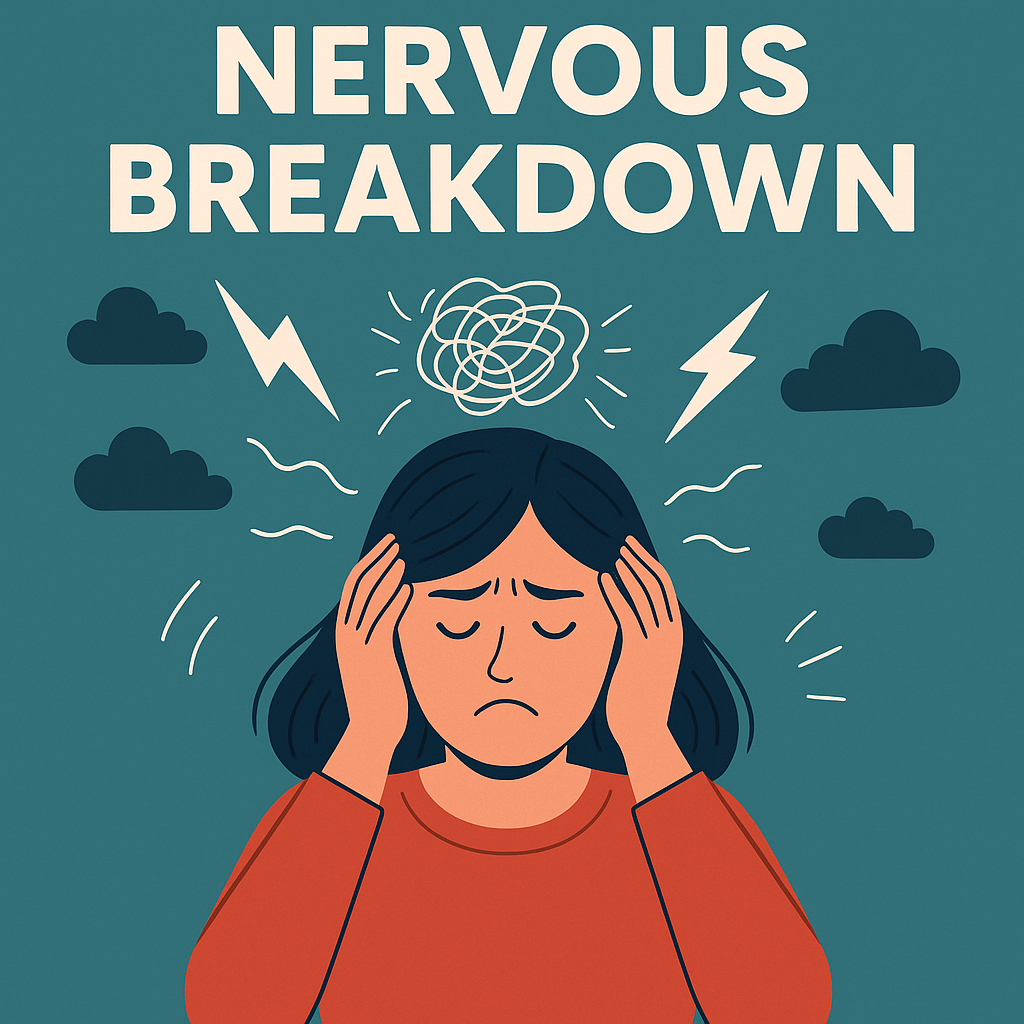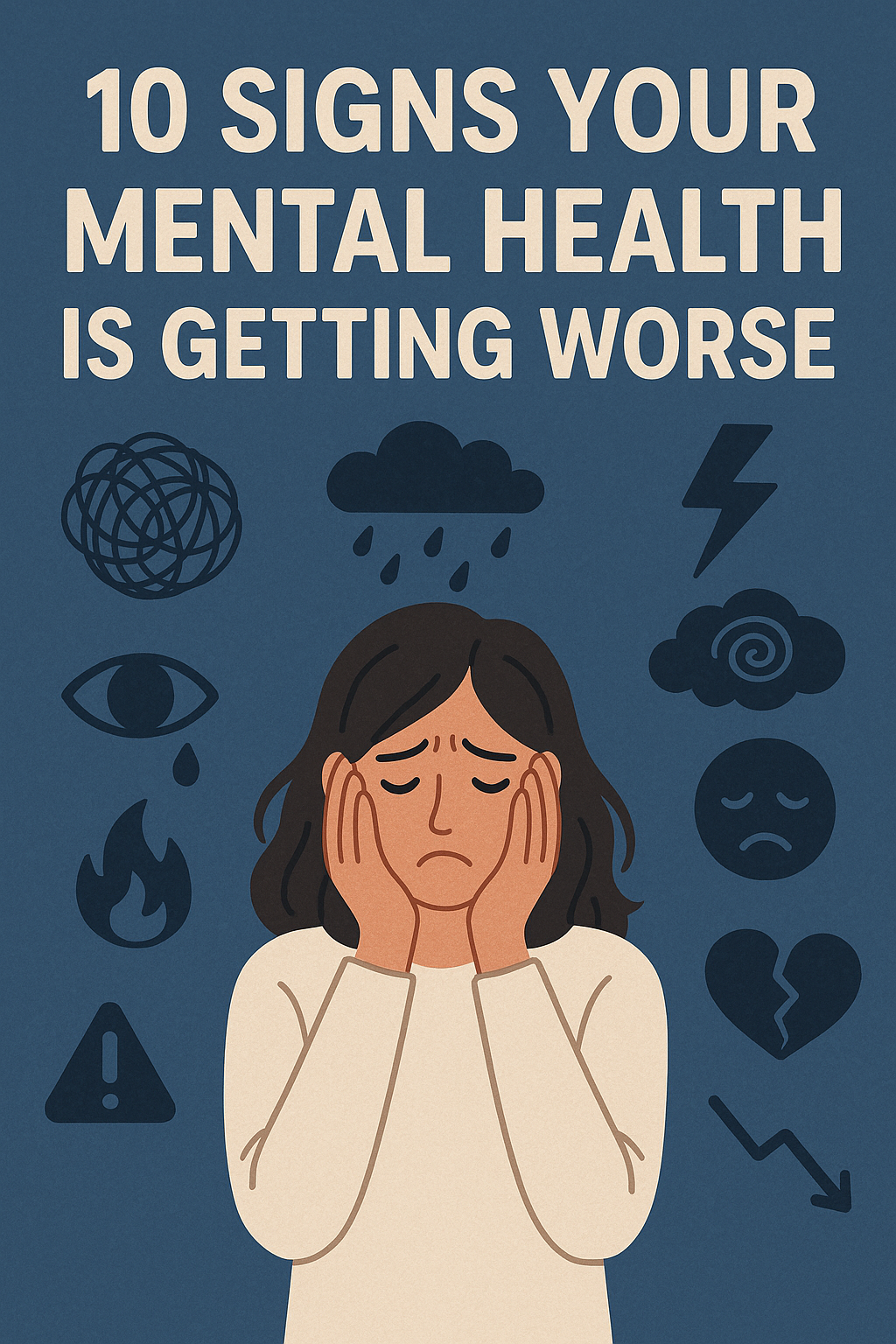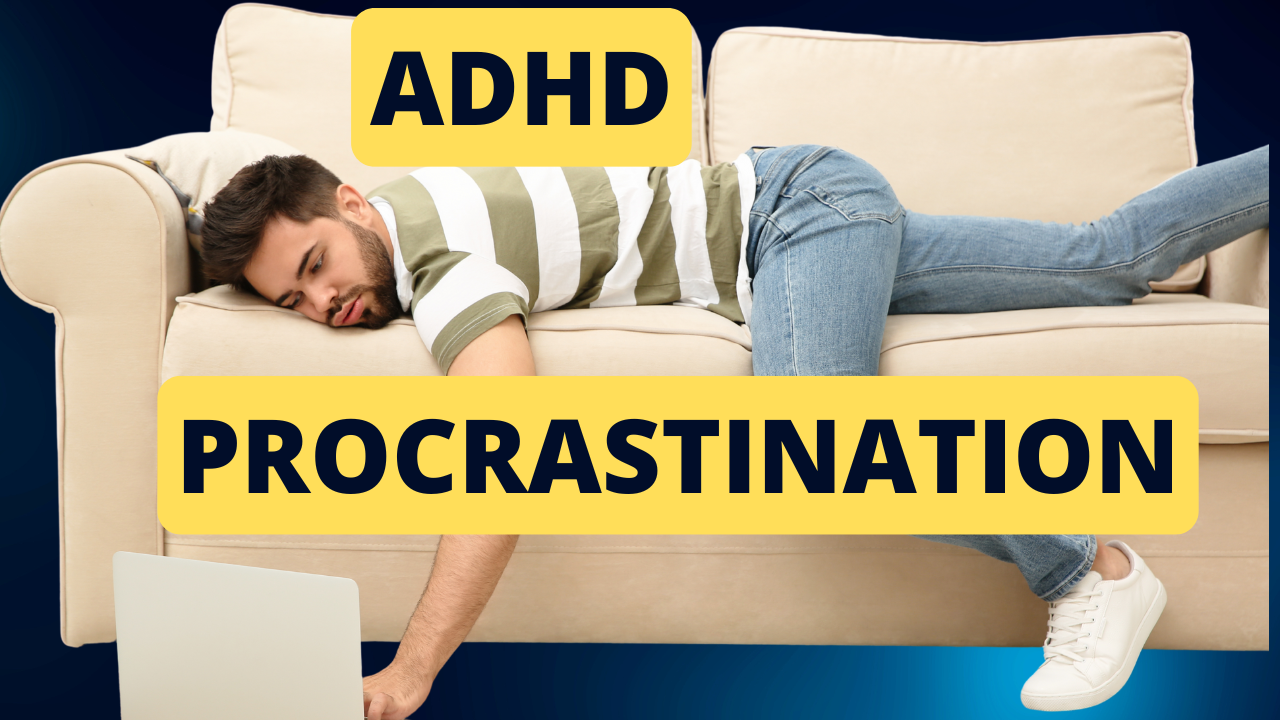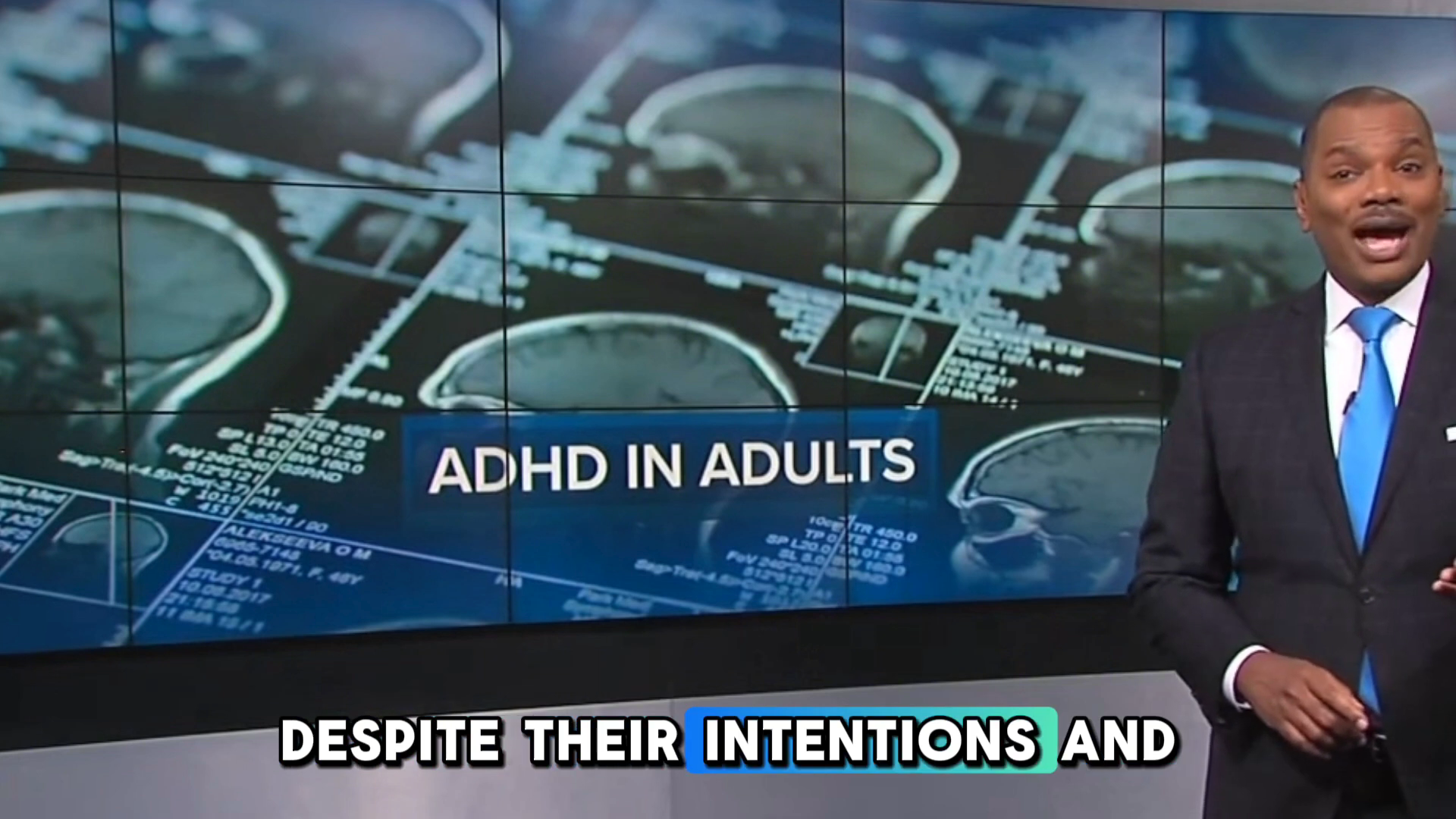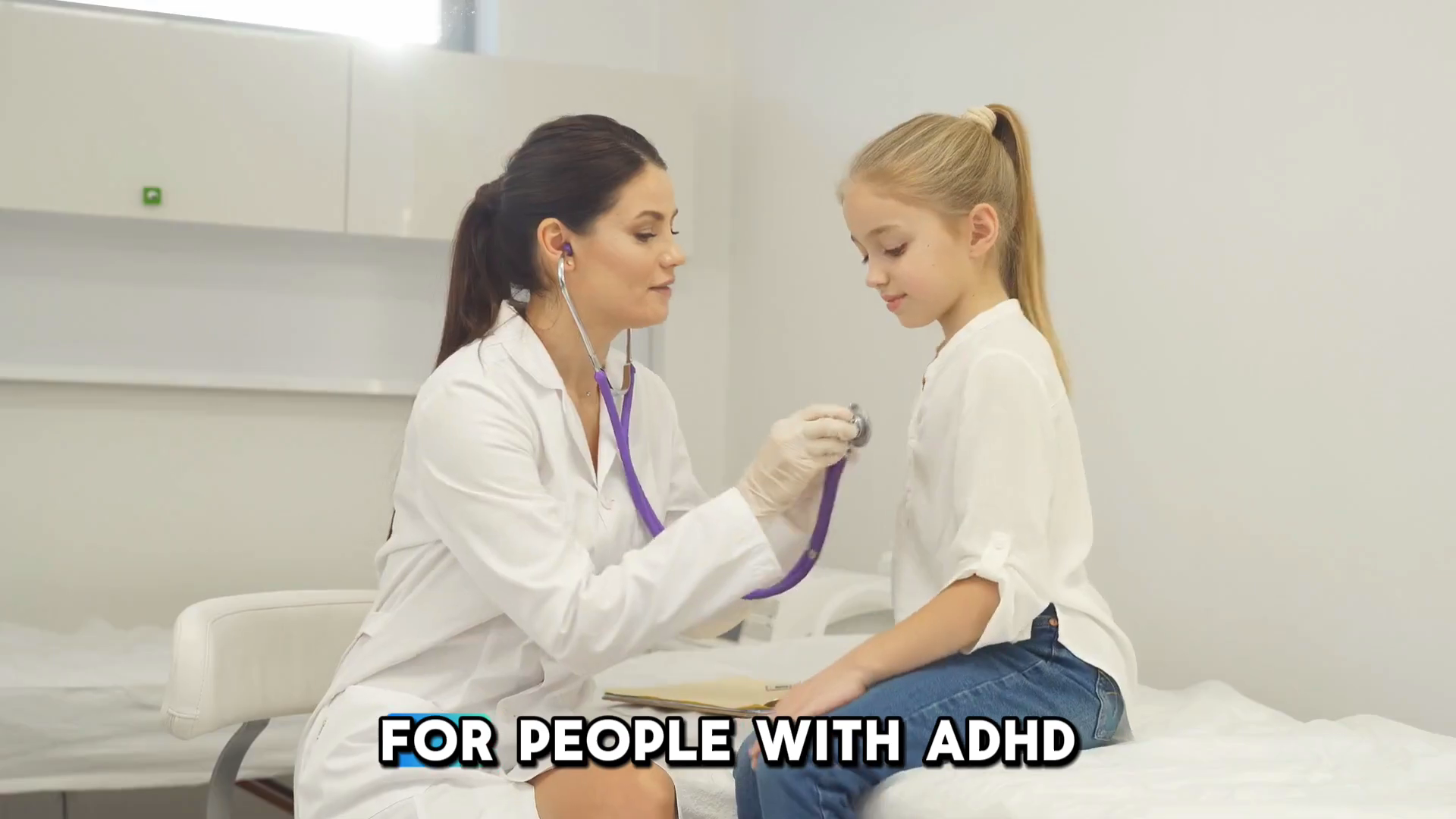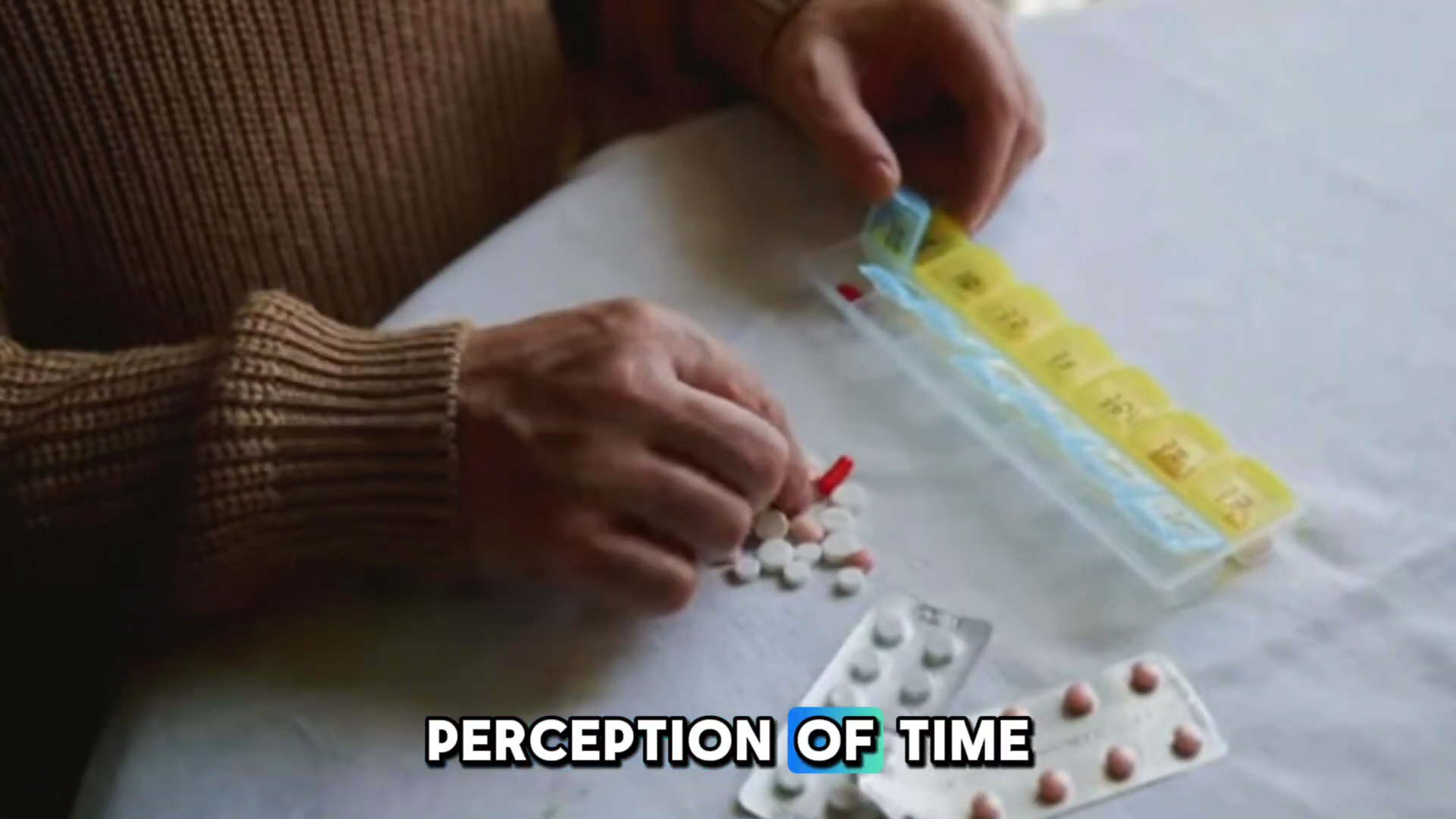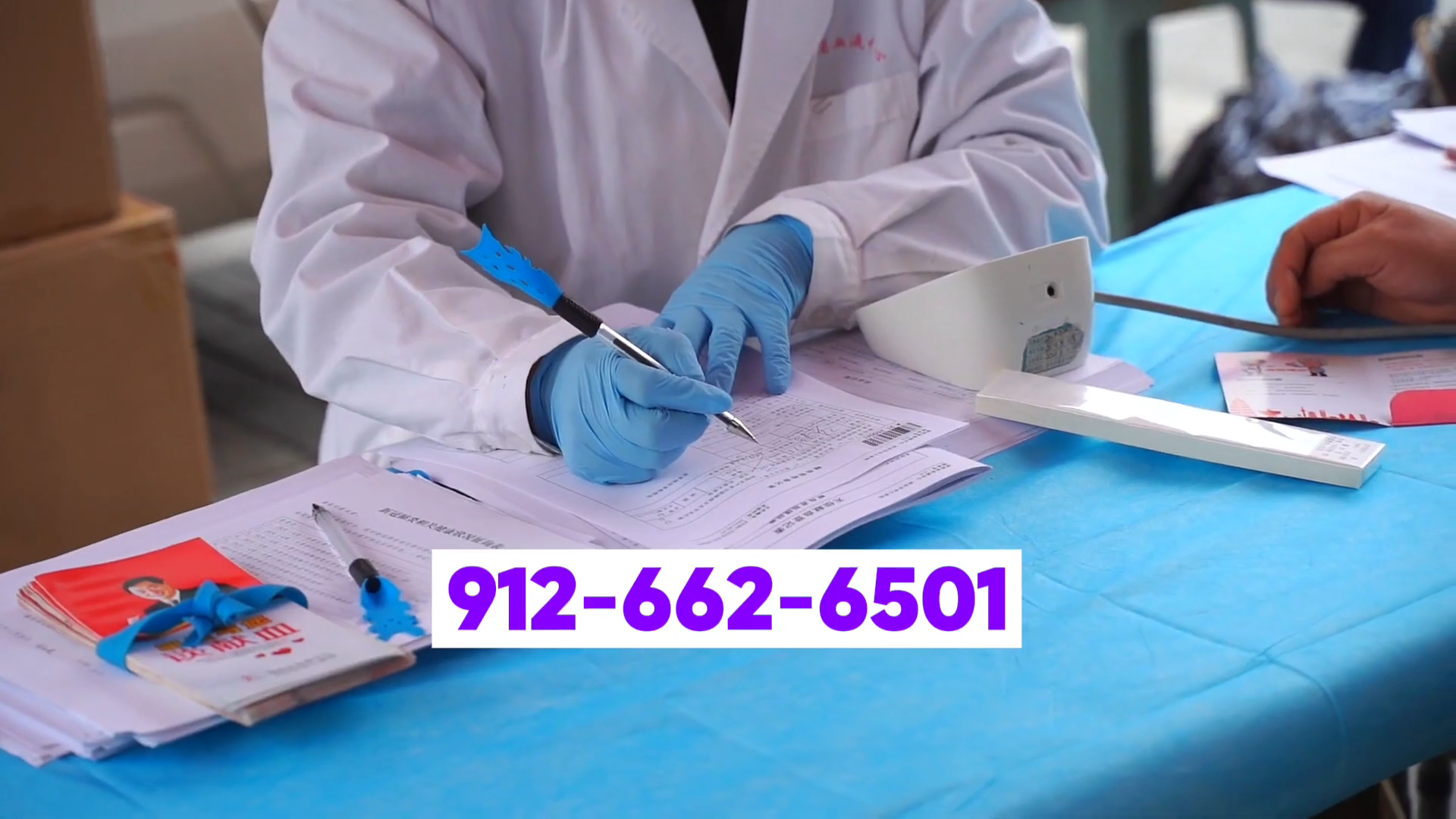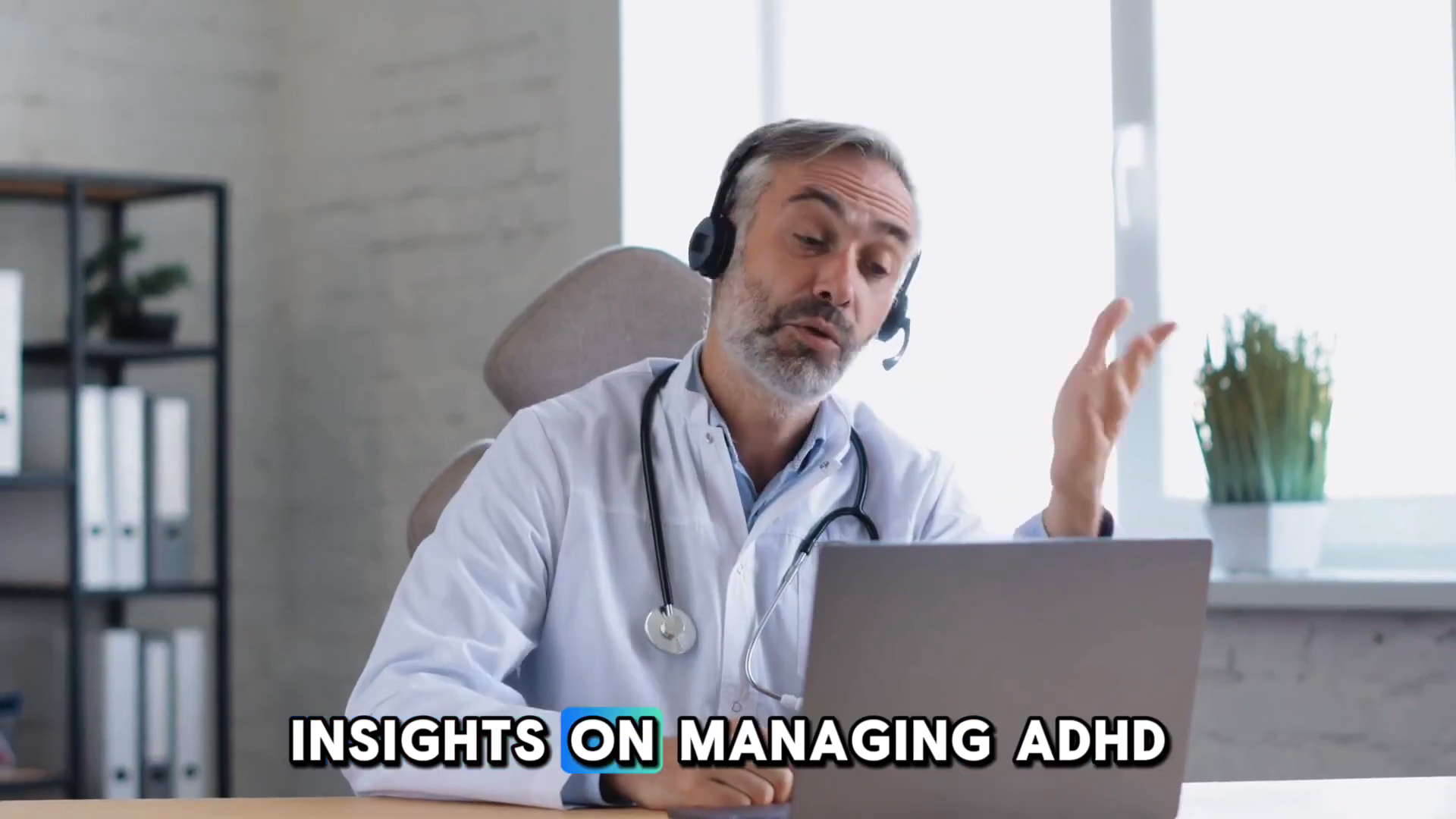Living with post-traumatic stress disorder (PTSD) can feel like being trapped in an endless cycle of fear, anxiety, and isolation. At DPS Health and Wellness, we understand the courage it takes to seek help and begin your healing journey.
As a leading mental health service provider with locations in Savannah and Statesboro, Georgia, DPS Health and Wellness creates a warm, supportive environment where individuals can safely explore their trauma experiences. Our dedicated team of mental health professionals specializes in trauma-informed care, offering hope and healing to those struggling with PTSD.
The path to recovery becomes possible through:
- Specialized Counseling Services – Our expert therapists provide personalized treatment plans tailored to each individual’s unique experiences and needs.
- Innovative Teletherapy Options – Virtual appointments offer flexible, accessible care from the comfort of home. This includes teletherapy for ADHD, which can also be beneficial for those dealing with co-occurring conditions alongside PTSD.
- Comprehensive Support System – Integration with Privia Health ensures coordinated care with leading healthcare providers.
We believe every person deserves the opportunity to reclaim their life from trauma. Through our combination of evidence-based treatments and compassionate care, we help individuals develop effective coping strategies and build resilience.
Your journey to healing starts with a single step. At DPS Health and Wellness, you’ll find understanding professionals ready to walk alongside you on your path to recovery.
Understanding PTSD
Post-Traumatic Stress Disorder (PTSD) is a serious mental health condition that can develop after someone goes through a traumatic event. This can include experiences like being in combat, facing natural disasters, being personally attacked, or being involved in accidents. When such distressing events occur, the mind’s natural defense mechanisms may become overwhelmed, resulting in long-lasting changes in how a person remembers things, feels emotions, and goes about their daily life.
Common PTSD Symptoms:
1. Intrusive Memories
- Vivid flashbacks of traumatic events
- Recurring nightmares
- Intense emotional or physical reactions to triggers
2. Avoidance Behaviors
- Steering clear of places, activities, or people
- Resistance to discussing the traumatic event
- Emotional numbness or detachment
3. Changes in Mood and Thinking
- Persistent negative thoughts about oneself
- Feelings of guilt, shame, or hopelessness
- Difficulty maintaining close relationships
- Loss of interest in previously enjoyed activities
4. Heightened Arousal
- Difficulty sleeping or concentrating
- Startling easily
- Aggressive behavior or angry outbursts
- Hypervigilance
Treatment Approaches
Modern PTSD treatment embraces a multi-faceted approach:
1. Evidence-Based Therapies
- Cognitive Behavioral Therapy (CBT)
- Eye Movement Desensitization and Reprocessing (EMDR)
- Exposure Therapy
- Narrative Exposure Therapy
2. Medication Options
- Antidepressants
- Anti-anxiety medications
- Sleep aids when necessary
3. Complementary Treatments
- Mindfulness practices
- Art therapy
- Group therapy
- Stress management techniques
Early recognition plays a vital role in recovery success. The sooner individuals seek professional help, the better equipped they become to manage symptoms and reclaim their lives. Each person’s experience with PTSD differs, requiring a personalized treatment approach that addresses their unique needs and circumstances.
In many cases, individuals suffering from PTSD may also experience symptoms of depression. Exploring treatment options for major depressive disorder can be beneficial. Furthermore, therapy can illuminate the path out of depression, providing essential support during recovery.
Specialized Counseling at DPS Health and Wellness
At DPS Health and Wellness, our PTSD treatment program is led by Paulette Chavers, a Licensed Professional Counselor with extensive knowledge in trauma recovery. With her empathetic approach, she creates a safe environment for individuals to process their experiences and start their healing journey.
Ms. Chavers specializes in:
- Trauma-Focused Cognitive Behavioral Therapy
- Eye Movement Desensitization and Reprocessing (EMDR)
- Mindfulness-Based Stress Reduction – which has shown effectiveness in areas like ADHD, among others
- Exposure Therapy
Her therapeutic approach acknowledges that each person’s trauma experience is unique, requiring individualized care and attention. Through careful assessment and collaborative planning, she helps clients develop personalized coping strategies that work for their specific situations.
DPS Health and Wellness offers specialized counseling services tailored to address various aspects of PTSD:
- Immediate Crisis Management: Developing tools to handle triggering situations
- Long-term Recovery Planning: Creating sustainable healing strategies
- Family Support Integration: Including loved ones in the recovery process
- Lifestyle Modification Guidance: Incorporating healthy habits that support healing
The clinic’s trauma-informed environment ensures clients feel understood and supported throughout their recovery journey. Each therapy session builds upon previous progress, allowing for natural healing progression at a pace that feels comfortable for the individual.
Ms. Chavers works closely with clients to identify triggers, process difficult memories, and build resilience. Her expertise extends beyond traditional talk therapy, incorporating evidence-based techniques that help clients regain control of their lives and move forward with confidence. This includes addressing related issues such as mood swings or exploring treatment options for major depressive disorder, if they arise during the course of therapy. For those seeking immediate assistance, the clinic also provides resources to find the best psychiatrist in Milledgeville.
Teletherapy Services at DPS Health and Wellness
At DPS Health and Wellness, our teletherapy services bring professional mental health support directly into your safe space. Through secure video conferencing, you can connect with Dr. David Samuels and our experienced team from the comfort of your home.
How Teletherapy Works:
- Secure, HIPAA-compliant video platform
- Real-time virtual sessions
- Private, confidential environment
- Flexible scheduling between 8:00 am – 6:30 pm
- Easy access through patient portal
Teletherapy creates a unique healing environment for PTSD recovery. The familiar surroundings of home can help reduce anxiety and trigger responses common in traditional office settings. This virtual approach allows you to process trauma without the added stress of travel or unfamiliar environments.
Benefits for PTSD Treatment:
- Reduced exposure to external triggers
- Greater scheduling flexibility
- No travel time or transportation barriers
- Consistent care during challenging periods
- Access to support during anxiety peaks
“The virtual sessions at DPS Health and Wellness changed everything for me. I could work through my PTSD symptoms without leaving my safe space. The care and attention felt just as personal as in-office visits.” – Sarah M., Patient
Our teletherapy services maintain the same high standard of personalized care as our in-person sessions. Through virtual visits, we provide:
- Trauma-focused therapy
- Coping strategy development
- Crisis intervention support
- Regular progress monitoring
- Medication management consultations
The digital platform enhances accessibility while preserving the intimate therapeutic relationship essential for PTSD recovery. Patients can access their secure portal for appointment scheduling, communication with providers, and educational resources.
In addition to PTSD treatment, our teletherapy services are also effective for overcoming procrastination related to ADHD, providing specialized telehealth solutions for ADHD. We also cater to various mental health needs such as compulsive behaviors and offer resources for anxiety workshops in the Savannah area, where we have established mental health care facilities.
Our teletherapy services also incorporate effective strategies such as 10 effective therapy activities for teens and adolescents, which can be beneficial in a variety of contexts including those faced by younger patients struggling with mental health issues.
Utilizing the Pomodoro Technique for Mental Well-being
The Pomodoro Technique, developed by Francesco Cirillo in the 1990s, offers a structured approach to managing time and maintaining mental focus. This method breaks work into 25-minute focused sessions, followed by short breaks – a rhythm that naturally aligns with our brain’s capacity for sustained attention.
How the Technique Works:
- Set a timer for 25 minutes of focused work
- Take a 5-minute break after each session
- After 4 sessions, take a longer 20-minute break
- Repeat the cycle as needed
For individuals with PTSD, maintaining concentration can be particularly challenging. The Pomodoro Technique provides a gentle structure that prevents mental fatigue and reduces anxiety around large tasks. These regular breaks serve as natural reset points, allowing the mind to process information and emotions without becoming overwhelmed.
Moreover, this technique has proven beneficial for those dealing with ADHD, as it helps in maintaining focus and reducing distractions.
Practical Implementation Tips:
- Create a dedicated quiet workspace
- Use a simple timer – traditional or digital
- Start with one or two sessions daily
- Listen to your body’s natural rhythm
- Adjust session lengths if needed (20-45 minutes)
The beauty of this technique lies in its flexibility. Some clients at DPS Health and Wellness report success with modified intervals – shorter work periods or longer breaks based on their specific needs. This adaptability makes it an invaluable tool for managing daily tasks while honoring individual mental health requirements.
Research shows the Pomodoro Technique helps [combat procrastination](https://telementalhealthsolutions.com/blog/tag/boost-productivity/feed) and builds sustainable study habits. The structured breaks prevent mental exhaustion, making it easier to maintain focus during challenging therapeutic work or daily activities.
Additionally, the technique’s structured nature is also beneficial when utilizing [telemedicine platforms for psychiatrists](https://telementalhealthsolutions.com/blog/tag/telemedicine-platforms-for-psychiatrists), as it allows patients to manage their time effectively while attending virtual therapy sessions.
Patient Resources at DPS Health and Wellness
DPS Health and Wellness provides comprehensive support through various patient-centered resources designed to enhance the healing journey. New patients begin their path to recovery with our New Patient Intake Packet, a thoughtful assessment tool that helps our team understand each individual’s unique needs and trauma history.
Digital Patient Portal
Our digital patient portal serves as a secure hub for:
- Scheduling appointments
- Accessing educational materials about PTSD
- Downloading self-care guides
- Connecting with support groups
- Managing medication schedules
- Viewing treatment plans
Partnership with Privia Health
The strength of our care system lies in our partnership with Privia Health, enabling seamless coordination between mental health professionals and leading doctors in the community. This integrated approach ensures that individuals with complex trauma histories receive holistic care that addresses both their mental and physical well-being.
Specialized Resources for PTSD Recovery
We offer specialized resources tailored to different aspects of PTSD recovery:
- Self-Care Libraries: Evidence-based strategies for managing triggers
- Group Support Networks: Regular meetings with others who share similar experiences
- Crisis Management Tools: 24/7 access to emergency resources
- Family Education Materials: Resources to help loved ones understand and support PTSD recovery
Savannah GA Psychiatric Evaluations
For patients in need of psychiatric evaluations, we also provide access to Savannah GA psychiatric evaluations which are an essential part of understanding and addressing mental health needs.
Coordinated Care for Personalized Treatment Plans
Our commitment to coordinated care means patients benefit from a team of specialists working together to create personalized treatment plans that evolve with their healing progress.
Breaking Barriers and Advocacy at DPS Health and Wellness
DPS Health and Wellness is a leading advocate for mental health in Georgia, actively working to remove obstacles that prevent people from getting PTSD treatment. They achieve this by forming strategic partnerships with local organizations in Savannah and Statesboro, creating meaningful connections within the community that promote understanding and support.
Community Outreach Initiatives
DPS Health and Wellness carries out various initiatives to reach out to the community and raise awareness about mental health issues:
- Educational Workshops – Regular sessions held at local community centers to educate families about PTSD recognition and support
- Workplace Mental Health Programs – Collaborations with local businesses to implement mental health awareness training
- Crisis Response Support – Partnerships with emergency services to provide immediate mental health assistance
Advocacy Beyond Healthcare
The clinic’s advocacy efforts go beyond traditional healthcare settings. Their dedicated team works tirelessly to address systemic barriers that hinder access to mental health services:
- Secure insurance coverage for mental health services
- Establish flexible payment options for uninsured patients
- Create culturally sensitive treatment approaches
- Provide multilingual services to serve diverse communities
DPS Health and Wellness understands that many individuals still face significant challenges in accessing mental healthcare. Their commitment to overcoming these obstacles is reflected in the words of Dr. David Samuels:
“Every person deserves quality mental health care, regardless of their circumstances. We’re here to make that possible.”
Collaborative Partnerships for Comprehensive Support
The clinic’s advocacy work involves actively participating in local government meetings and advocating for policies that promote mental health initiatives. They have built strong relationships with various organizations such as:
- Veterans’ organizations
- Domestic violence shelters
- LGBTQ+ support groups
- Cultural community centers
These partnerships play a crucial role in ensuring comprehensive support systems are in place for individuals from all backgrounds seeking PTSD treatment and recovery services.
Addressing Diverse Mental Health Issues
In addition to their focus on PTSD, DPS Health and Wellness also recognizes the importance of addressing other mental health concerns. They offer specialized services for conditions such as sexual anorexia, adult ADHD, and anxiety.
Improving Accessibility through Virtual Solutions
To further enhance accessibility, DPS Health and Wellness has implemented virtual mental health patient portals. This innovative approach allows individuals to receive therapy and counseling sessions remotely, eliminating barriers such as transportation difficulties or time constraints.
By leveraging technology, DPS Health and Wellness aims to make mental healthcare more convenient and accessible for everyone, regardless of their circumstances.
Conclusion
Your journey toward healing from PTSD deserves professional support and guidance. At DPS Health and Wellness, a dedicated team stands ready to walk beside you on your path to recovery.
Take the first brave step:
- Call 912-662-6501 to schedule your initial consultation
- Complete the New Patient Intake Packet before your first visit
- Choose between in-person visits or teletherapy sessions
Our compassionate mental health professionals at both our Savannah and Statesboro locations create a safe space for your healing journey. We understand that reaching out takes courage, but you don’t have to face PTSD alone.
Your story matters, and your recovery is possible.
DPS Health and Wellness welcomes you Monday through Thursday, 8:00 am – 6:30 pm in Savannah, and Monday through Friday, 8:00 am – 6:00 pm in Statesboro. Let today be the day you choose to break the silence and embrace the support you deserve.




